#green is my pepper
Text

Palm full of smol pals. 💚
125 notes
·
View notes
Text



These are all very identical looking but I originally just drew Pinkie but I wanted to draw the other two and I wanted them to match lol so...
Don't repost/use 4 anything 🎀 COMMISSION INFO
#pinkie cooper and the jet set pets#pinkie cooper#pepper parson#ginger jones#eddysart#my art#my digital art#fanart#pinkie cooper fanart#pepper's is more green than intended/realized after i put some filters/blending modes on it.. on well
62 notes
·
View notes
Text


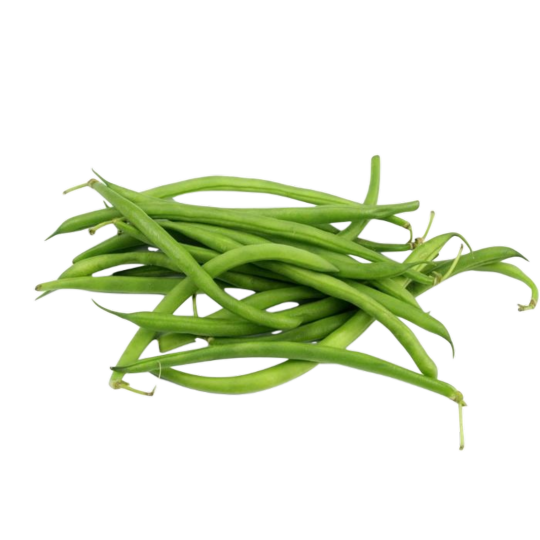


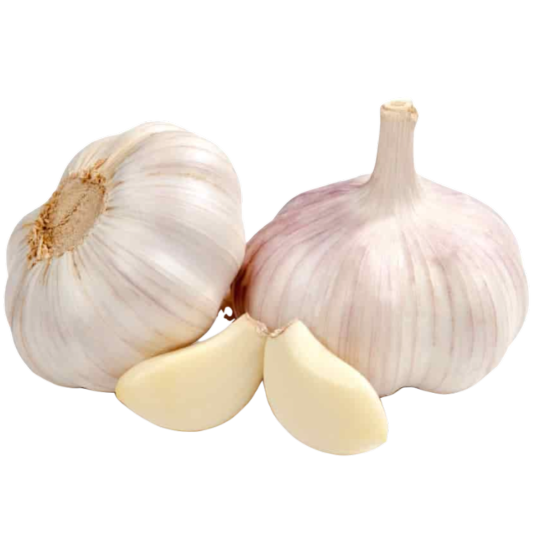

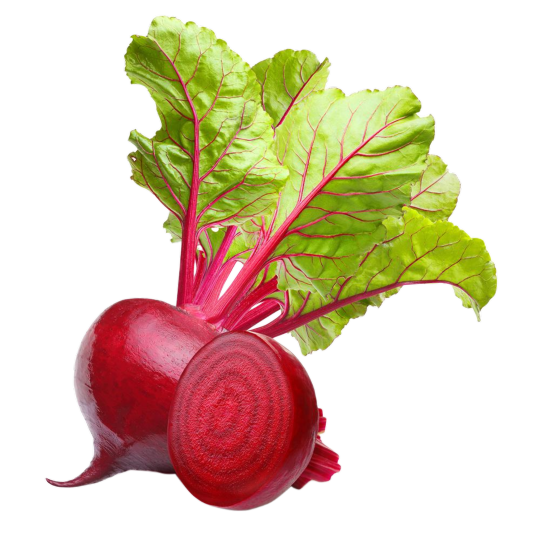
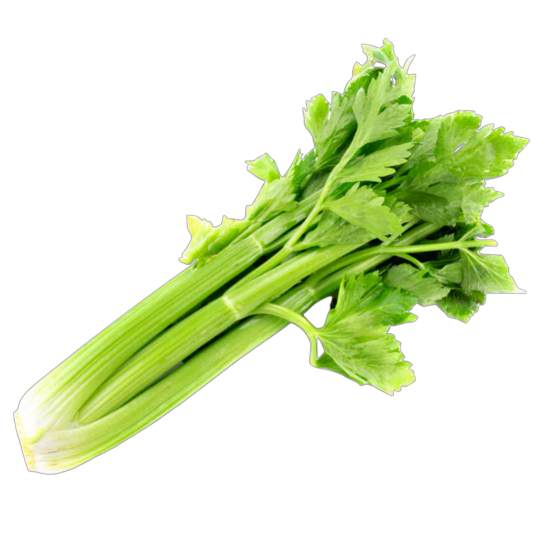
vegetables • tip jar
#transparent#edits#mb#my pngs#moodboard pngs#onion#peppers#chilis#green beans#bell peppers#broccoli#garlic#cauliflower#beet#celery#transparent food#food#transparent vegetables#transparent veggies#veggies#veggie#vegetables#vegetable#vegetable png#veggie png#food png#transparensies
386 notes
·
View notes
Text

#august heart#ben reilly#spiderman#the flash#godspeed#chasm#my art#evidrawings#venom#eddie brock#ghost rider#johnny blaze#kilowog#green lantern#kyle rayner#rescue#pepper potts#sideways#derek james
186 notes
·
View notes
Link
“As more growers have adopted drip irrigation, more high-tech farming tools to grow the peppers, they’ll tend to be milder,” Walker told me first, as a sort of throat-clearing exercise before the real explanation. “But there’s more to it than that.”
The truth is more like a vast industrial scheme to make the jalapeño more predictable—and less hot.
Most jalapeños go straight to factories, for canned peppers, pickled pepper rings, salsas, cream sauces, dressings, flavored chips and crackers, dips, sausages, and other prepared foods. For all those companies, consistency is key. Think about the salsa world’s “mild,” “medium,” and “hot” labels.
According to The Mexican Chile Pepper Cookbook by Dave DeWitt and José Marmolejo, 60 percent of jalapeños are sent to processing plants, 20 percent are smoke-dried into chipotles, and just 20 percent are sold fresh. Since big processors are the peppers’ main consumers, big processors get more sway over what the peppers taste like.
“It was a really big deal when breeders [told the industry], ‘hey, look, I have a low-heat jalapeño,’ and then a low-heat but high-flavor jalapeño,” Walker explained. “That kind of became the big demand for jalapeños—low heat jalapeños—because most of them are used for processing and cooking. [Producers] want to start with jalapeños and add oleoresin capsicum.”
Oleoresin capsicum is an extract from peppers, containing pure heat. It’s the active ingredient in pepper spray. It’s also the active ingredient, in a manner of speaking, for processed jalapeños. The salsa industry, Walker said, starts with a mild crop of peppers, then simply adds the heat extract necessary to reach medium and hot levels. She would know; she started her career working for a processed-food conglomerate.
“I’ve worked in peppers in my entire life,” she told me. “Jalapeños were originally prized as being a hot pepper grown in the field. When we were making hot sauce in my previous job, we had the same problem, that you couldn’t predict the heat. When you’re doing a huge run of salsa for shipment, and you want a hot label, medium label, mild label, it’s really important to predict what kind of heat you’ll get. We tried a statistical design from the fields, and it just didn’t work, because mother nature throws stressful events at you or, sometimes, does not bring stress.”
The standardization of the jalapeño was rapidly accelerated by the debut, about 20 years ago, of the TAM II jalapeño line, a reliably big, shiny, fleshy pepper that can grow up to six inches long—with little to no heat. TAM II peppers have become some of the most popular in the processing business. The 2002 paper in HortScience trumpeted TAM II’s benefits: virus resistance, absence of dark spots, longer fruit with thicker flesh, earlier maturation, and, compared to a variety of jalapeño called Grande, less than 10 percent of the spiciness. TAMs grown in one location measured in at 1620 Scoville units, while those at another came in at just 1080, which is milder than a poblano.
In conclusion, the paper’s authors wrote, “The large, low-pungency fruit of ‘TMJ II’ will make it equally suited for fresh-market and processing uses.”
DeWitt, writing in his solo book Chile Peppers: A Global History, says TAM became widespread in Texas after its introduction. “It was much milder and larger than the traditional jalapeños, and genes of this mild pepper entered the general jalapeño pool. Cross-breeding caused the gene pool to become overall larger and milder.”
[...]
After 40 years of the milder pepper enjoying increased popularity, virus resistance, higher yields, and a shiny new sequel, hotter pre-TAM jalapeños appear to have lost substantial ground. Exact statistics on planting demand are hard to obtain because growers do not want to tip off seed suppliers on how to price their products.
As the invention of TAM I and II suggests, “jalapeño” as a name does not connote a single breed or genetic line. There are varieties of jalapeño as there are of tomatoes. Mitla peppers are at the opposite end of the scale from TAMs, sometimes reaching 8000 Scoville units. (The A&M paper derides Mitlas since they are often wonkily curved, and need more culling.)
[...]
For heat seekers, Walker recommends Mitla and Early jalapeños; they’re called “Early” not because they were picked early but because, as a breed, they grow quickly and are well-adapted to cooler environments.
[...]
For gardeners and small growers, the Chile Pepper Institute sells seeds but results will always be complicated, since a hot, dry summer can turn even TAM jalapeños into weapons, and a cool, wet season will result in pampered plants. But how can you find hotter peppers if you are shopping, or looking to supply your restaurant?
Walker’s best advice is to lobby suppliers and grocers for specific pepper breeds. Ask a produce manager or a supplier if you can get Early or Mitla peppers, or if the store can label its pepper breeds. And ignore the bogus factoids spread by many online shopping guides. I found a Rachael Ray Show article claiming that bigger peppers are always spicier than smaller ones—which contradicts everything I had just learned about TAMs being deliberately engineered for size. Walker called that tip “misinformation.”
(8 May 2023)
I am officially going Joker Mode
#I thought it was just that the selection at Aldi was bad but NO#they've turned her into a fucking green bell pepper#Jalapeños#agriculture#food#food industry#jalapenos#my uploads#my uploads (unjank)
620 notes
·
View notes
Text

i still dont know how to nail the cr artstyle
#digital art#my art#fanart#cookie run#cookie run fanart#cookie run art#pokemon#pokemon art#pokemon fanart#pokemon scarlet and violet#pokemon scarvi#me n my stupid crossovers but shhh#i should draw other characters....... but nah..#anyways.. meet green pepper (rika) and icicle candy (grusha) cookies#rika pokemon#pokemon rika#elite four rika#grusha pokemon#pokemon grusha#gym leader grusha#permafrostshipping
60 notes
·
View notes
Text










#garden gems#also from 2021#garden#gardening#<33#beautiful#summer#summer aesthetic#cottagecore#my photos#vegetables#plants#tomatoes#cantaloupe#basil#green pepper#sunflower#lettuce#green tomatoes#green tomatoes are so yummy fried and doused in Valentina hot sauce 😋
63 notes
·
View notes
Text
Cucumbers and peppers starting to pop off!!! Got some green onions planted as well. Parsley and other herbs are also doing really well!




I also managed to get a dragon fruit seeds to sprout!! Hopefully a couple others do too

#gardening#aesthetic#edible gardening#garden#my garden#vegetable garden#hot peppers#peppers#hot pepper#habanero#herbs#herb garden#dragon fruit#dragon fruit plant#dragon fruit seed#onion#green onion#gardener
29 notes
·
View notes
Text









Pepperdance Stimboard
(X) (X) (X)
(X) (X) (X)
(X) (X) (X)
#stimboard#mlp g4#friendship is magic#my stimboards#my little pony stim#mlp stimboard#my little pony stimboard#mlp stim#my little pony#mlp#my little pony friendship is magic#mlp friendship is magic#my little pony fim#mlp fim#my little pony g4#pepperdance#mlp pepperdance#pepper stim#peppers#red stim#green stim#her europe bb card has her with green hair so that's why the green is there
39 notes
·
View notes
Text
🇲🇽🌮🪇HAPPY CINCO DE MAYO!!!!!!!!🪇🌮🇲🇽
(FELIZ CINCO DE MAYO A TODOS😁)
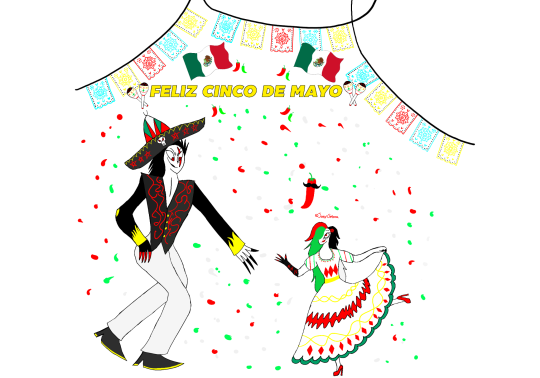
#hazbin hotel#hazbin hotel oc#my art#cinco de mayo#hazbin hotel overlord#oc#hazbin hotel sinners#hazbin hotel pride#hispanics#latino#mexican#red peppers#green peppers#maracas#party#battle of puebla#my ocs#my oc art
37 notes
·
View notes
Text

Boingy boingy boingy boingy
66 notes
·
View notes
Text

idk where i saw this meme but i immediately decided to re-draw it
#gotham#edward nygma#oswald cobblepot#nygmobblepot#ivy pepper#ed and ivy silly duo btw one of my favorite ones#green color & hate oswald club#both cant REALLY hate oswald bc he is little silly dude but yknow
297 notes
·
View notes
Text
book!aemond would hate show!aemond.
#anti hotd#hotd critical#book!aemond would take show!vhagar and then he'd just have two vhagars#he would stab that bitch. he would stab that bitch so many times.#pro team green#hotd spoilers#house of the dragon spoilers#at least he killed r*haenys#i guess#book!aemond would never harm aegon idc what beef they have#siblings will be fucking nightmares to each other but they'll still be united against outsiders and their enemies lmao#then again its all gReEn pRopAGaNda but if you seriously believe that you should probably be pepper sprayed <3#anyway rip my fave i know the real you would've never done that#SUNFYRE MY BELOVED YOU WERE DONE THE MOST DIRTY#WE GOT CRUMBS BUT AT WHAT COST
29 notes
·
View notes
Text




Audrey n Seymour comic based off of somethin silly in a lsoh server I'm in hehe
#my art#artists on tumblr#traditional art#lsoh#little shop of horrors#little shop#seymour lsoh#seymour krelborn#audrey lsoh#audrey fulquard#art#mini comic#they're actually adorable#i love bein a Mulitshipper#audrey x seymour#audremour?#sudrey?#chat what the fuck is their ship name#also Somewhere That's Green fuckin slaps n i had that shit on repeat while drawing this out#black audrey is the best audrey#i have two Audrey designs btw#I love Joy Woods#I love Ellen Greene#I just love Audrey actually#also chubby Seymour#chubby Seymour is best Seymour#they're t4t#💜#dr pepper collective
38 notes
·
View notes
Text
they hate my girl !!!! (green bell peppers) 😫😭
#i don't understand. truly. what. i got nuts for a green bell pepper.#my order goes: green. red. yellow. orange.#yellow and orange are kinda tied in the 'i'll have it if it's there but i'm fine w/o them' category#red i prefer them roasted usually or at least cooked. can't have a raw red bell pepper.#but green????? i'm eating those every which way. raw cooked stuffed whatever. give me that pepper!!#vic.txt
27 notes
·
View notes
Text

Puerto Rican 🇵🇷 peasant food is the best food in the world, in my opinion. My grandma grew up in Puerto Rico. The family was very poor so they learned to take humble ingredients and transform them into a delightful and delectable dish. The red kidney beans were made by making a sofrito of onions, green peppers, garlic, tomato paste, salt, and pepper. You then add the beans that have been soaking in water overnight to the sofrito. After adjusting the seasoning, the beans cook on low heat until they are tender. You serve them over white rice. This dish is sooooooo delicious that I would choose it over steak and lobster any day. Puerto Rican 🇵🇷 peasant food is spectacular. These beans taste so good that I don't even miss the meat. They are high in protein. It's a very healthy and nutritious meal. It is inexpensive and it's fantastic. I, highly, recommend learning to make great rice and beans. I'm gonna have another bowl. Mmmmmmmm ❤️ 😍😋😋 thems good eats 😉😋
#Puerto Rican peasant food#Puerto Rico#humble ingredients#red kidney beans#onions#green peppers#tomato paste#salt and pepper#white rice#sofrito#my grandma#my grandma was the best cook ever#love#happiness#thank you#sharing#joy#inexpensive#home cooking#food#learn to cook#this is sooooooo good#delicious#delightful#delectable#i love my grandma#rice and beans#best food#i want another bowl#fantastic
12 notes
·
View notes